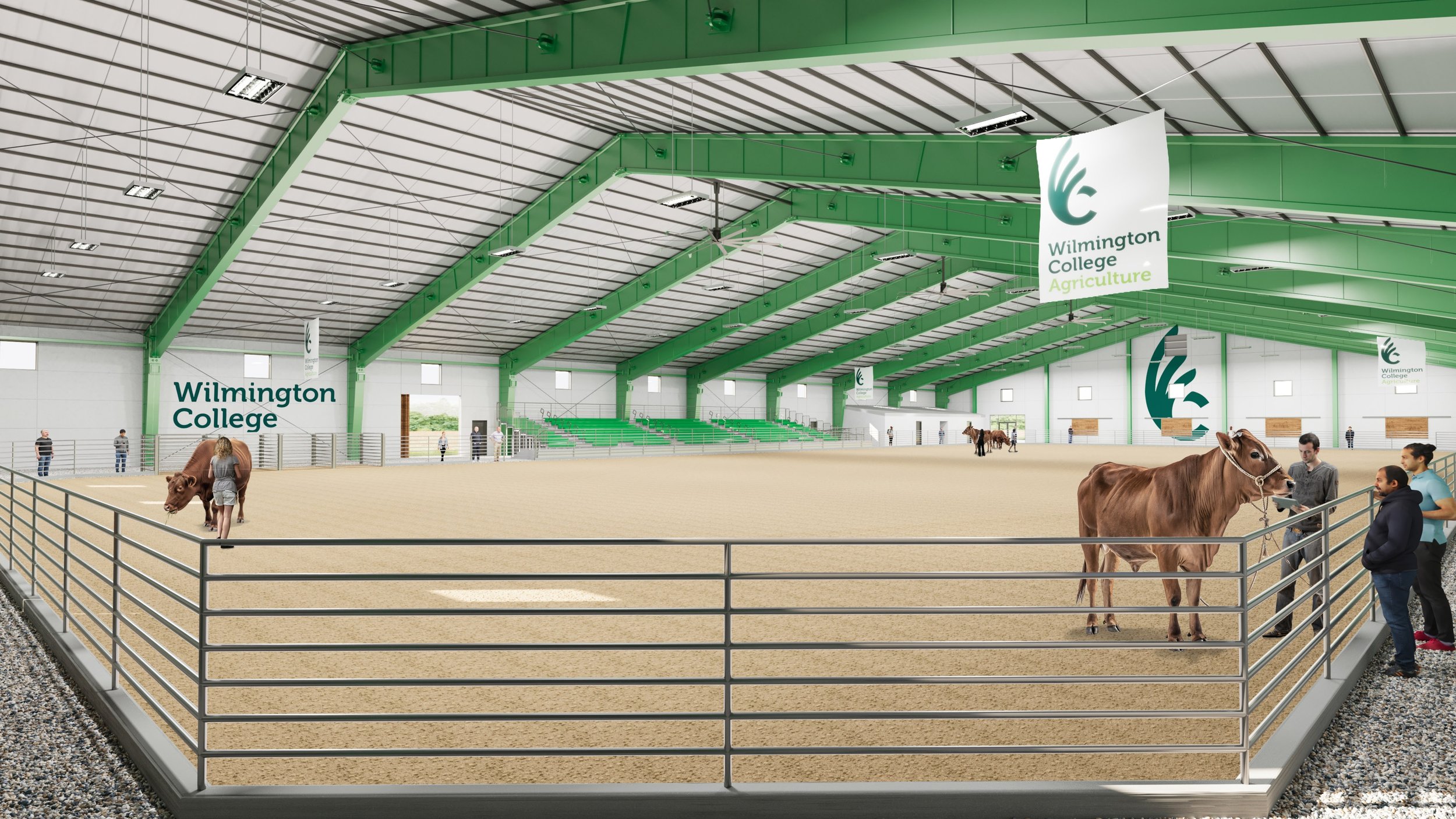[[bpstrwcotob]]

Lab Renovation Enhances Learning, Safety, and Technology Integration
The University of Wisconsin-Stout completed a $7.4 million, two-phase renovation of its Jarvis Hall laboratories, upgrading infrastructure, technology, and safety while maintaining active teaching and research operations

Help Shape the Future of Campus Research: Explore Academic Lab Design at the 2026 Lab Design Conference
The 2026 Lab Design Conference in Orlando will spotlight the design and construction of flexible, resilient academic labs, offering planners, architects, and campus leaders practical strategies, lessons learned, and insights for modernizing research facilities while balancing budgets and sustainability goals

Reimagining Controlled-Environment Agriculture for Education and Research
The Wilmington College Agriscience Complex represents a major investment in experiential learning, preparing students for critical agricultural careers in Ohio by providing a modern, industry-aligned learning environment

Designing Science Spaces That Balance Performance and Sustainability
Nucleus, a science facility shared by Scripps and Pitzer Colleges, demonstrates how thoughtful, human-centered design and high-performance systems can create a sustainable, energy-efficient science facility that balances operational functionality with ambitious decarbonization goals

From Outdated to Outstanding: How Strategic Design Upgrades Revitalized a Research Campus
The $50-million ARP-funded modernization at UT’s West Tennessee AgResearch and Education Center upgrades labs, housing, and precision agriculture facilities to boost research productivity, operational efficiency, and recruitment

Event Preview: Academic Lab Design Digital Conference
On December 4, the Academic Lab Design Digital Conference offers a full day of live and on-demand webinars that qualify for AIA continuing education credit, providing architects, engineers, and higher education professionals with practical strategies, expert insights, and Q&A opportunities to create safer, more efficient, and collaborative academic laboratory environments

Enhancing Research Outcomes Through Sustainable and Innovative Lab Design
At the 2025 Lab Design Conference, Architectus principals Andrew Schunke and Diana Rosenthal showcased Flinders University’s Health and Medical Research Building—a winner of the 2025 Design Excellence Awards—that exemplifies how sustainable, culturally grounded, and user-centered design can elevate research, wellbeing, and collaboration in modern laboratory environments

Expanding Research Capabilities: Lessons from UBC’s Biodiversity Centre
UBC’s $45 million Beaty Biodiversity Centre expansion adds six stories of flexible, future-ready research and collaboration space, integrating ecological design features and specialized facilities to advance biodiversity studies and public engagement

Constructing a Lab for Extreme Conditions
The Korey Stringer Institute’s expansion shows how to successfully design a unique, specialized lab when there’s no blueprint to follow—using teamwork, flexible planning, and user input to overcome challenges and build a state-of-the-art facility

Inside Southern Miss’s State-of-the-Art Oyster Hatchery
Construction of a state-of-the-art oyster hatchery at The University of Southern Mississippi’s TCMAC Cedar Point campus aims to restore Mississippi’s oyster populations and advance aquaculture by producing up to one billion larvae annually while supporting research, selective breeding, and workforce development
